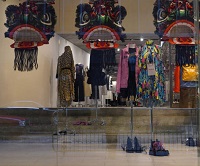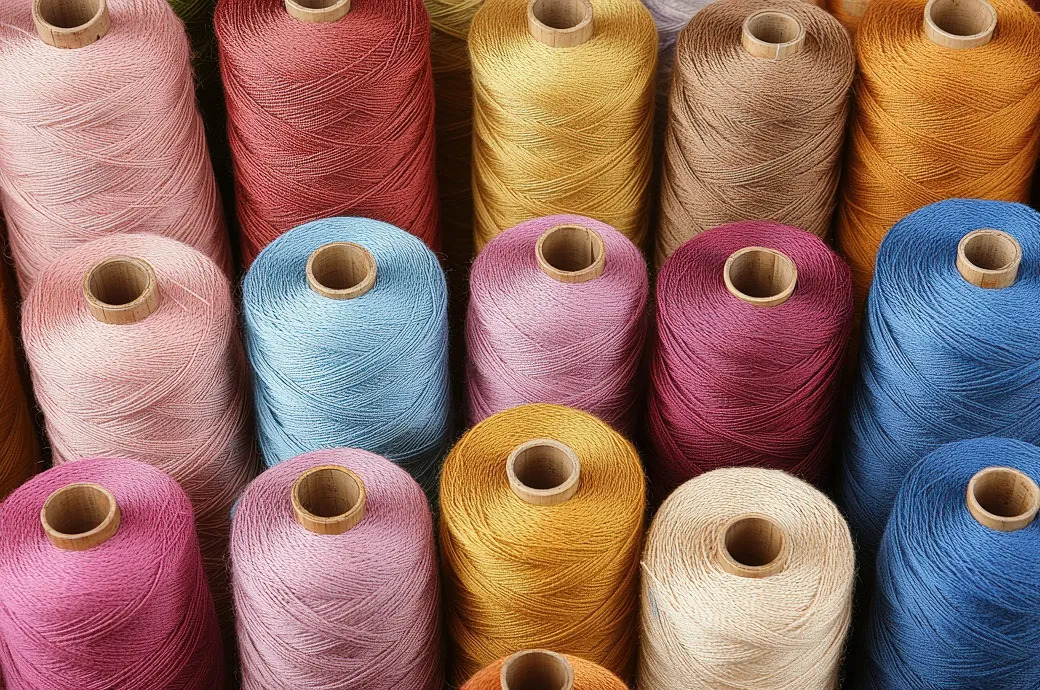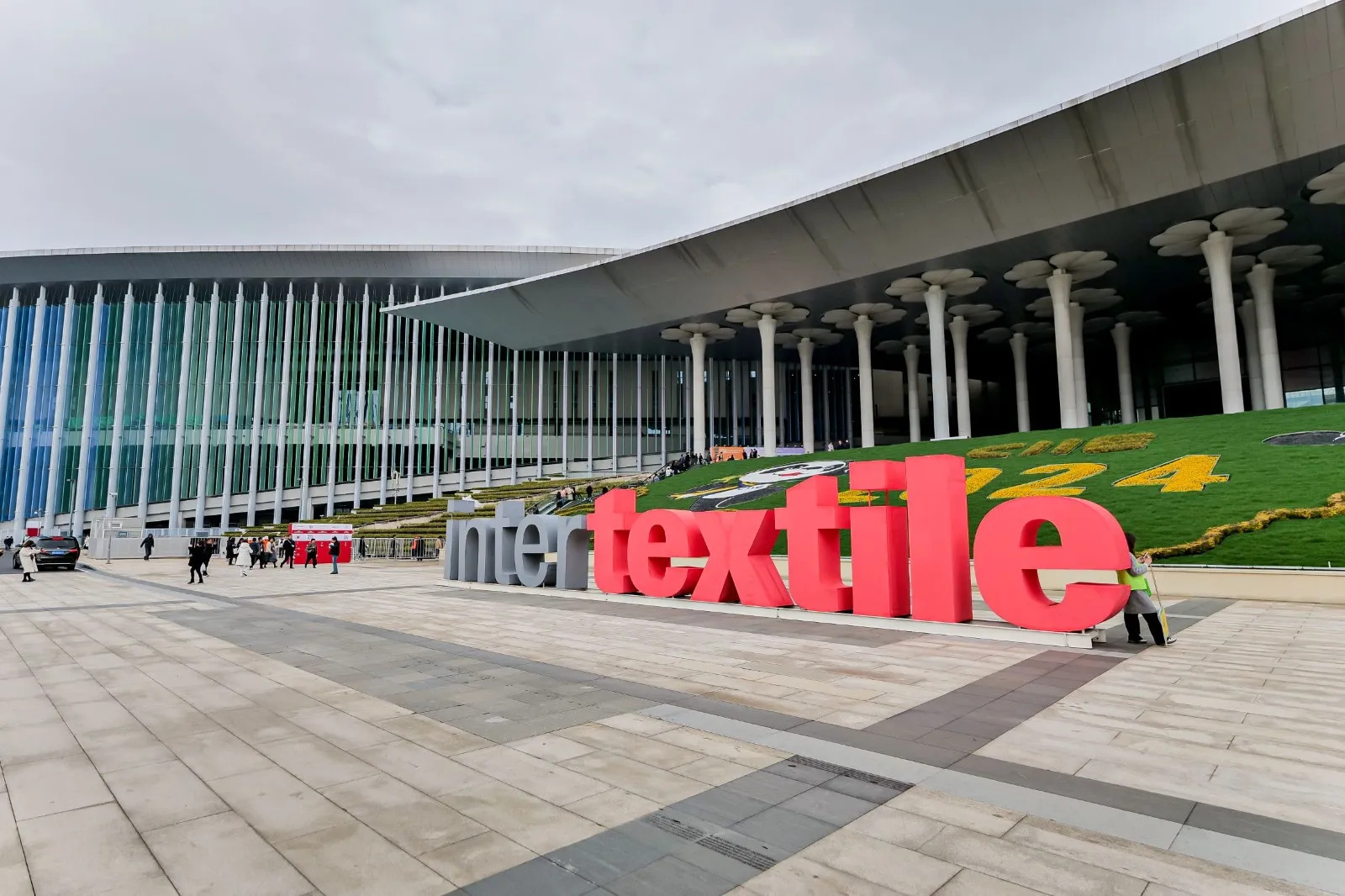 One of the biggest threats to the Chinese luxury industry since the 2008 financial crisis is the ongoing Coronavirus (COVID 19) outbreak that has prevented as many as 1,000 Chinese fashion buyers from attending Europe’s top fashion shows this month. Besides, the outbreak is also disrupting supply chains for more mid-market apparel, with retailers and fashion brands expressing concern about the ability of Chinese factories to deliver autumn-winter collections as planned. As Luca Solca, a luxury goods analyst at Bernstein, luxury sales in China during the first quarter of the current financial year could be heavily impacted with revenues falling by low to mid-teens digits.
One of the biggest threats to the Chinese luxury industry since the 2008 financial crisis is the ongoing Coronavirus (COVID 19) outbreak that has prevented as many as 1,000 Chinese fashion buyers from attending Europe’s top fashion shows this month. Besides, the outbreak is also disrupting supply chains for more mid-market apparel, with retailers and fashion brands expressing concern about the ability of Chinese factories to deliver autumn-winter collections as planned. As Luca Solca, a luxury goods analyst at Bernstein, luxury sales in China during the first quarter of the current financial year could be heavily impacted with revenues falling by low to mid-teens digits.
Lack of Chinese buyers effect luxe brands
Many US-listed luxury companies also depend on China for their sales. For instance, Tapestry-a US-based modern luxury lifestyle brand has been increasing revenues in China by three times faster than the overall group. Chinese factories can churn out everything from coats to swimsuits for fashion brands from H&M and Next of the UK to higher-end designers such as Tory Burch.
luxury lifestyle brand has been increasing revenues in China by three times faster than the overall group. Chinese factories can churn out everything from coats to swimsuits for fashion brands from H&M and Next of the UK to higher-end designers such as Tory Burch.
However, due to the outbreak five Chinese designers have cancelled their fashion shows scheduled for the Paris Fashion Week next week. Chanel and Prada have also postponed separate events planned for May in China. As per an estimate by the National Chamber of Italian Fashion, Italian exports are likely to fall by a minimum of €100 million in the first quarter and €230 million if the crisis prolongs further for the first half of the year.
To attract Chinese buyers back to the market, Kering’s Gucci brand live streamed the catwalk show for Autumn/Winter women’s collection in Milan, using Weibo, one of China’s biggest social media platforms. Similarly, other luxury groups activated contingency plans that include closing stores and offices in China, scaling back product launches and advertising, and clamping down on staff expenses globally. Some have instituted hiring freezes.
Mid-market fashion brands in China are more exposed to the contingencies in supply chains than their luxury peers. Rising labor costs do not affect luxe players much as they easily diversify their manufacturing to other cheaper countries. However, China still remains a major source of fabrics for garment makers in places such as Bangladesh and Vietnam. These brands are likely to face delays in manufacturing and dispatch of their autumn winter collections. For instance, brand Next has about £20 million inventory at risk in China. This is leading to increased insecurity for both Chinese factory owners and its brands.












